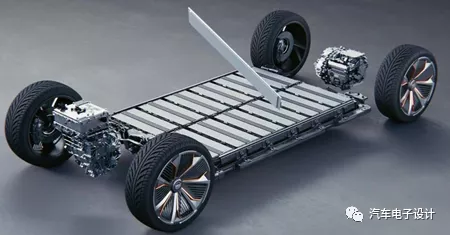Introduction
In the competition between cylindrical and pouch battery (PK), currently pouch battery has a certain advantage. One very important reason is that the flagship products of car companies now start with around 110 kWh, an increase from the previous 90 kWh. This means that the demand for energy density is increasing, and there is a further need to increase the volume energy density.
I’ve organized the information, and it seems that the products being promoted from 2022 onwards are all based on 110 kWh or above, including Mercedes’ EQS, BMW’s 7 series electric, Audi’s high-capacity versions of E-tron, and Tesla’s updated versions of Model S and X.
Note: In 2020, we no longer find local 100 kWh battery versions attractive.
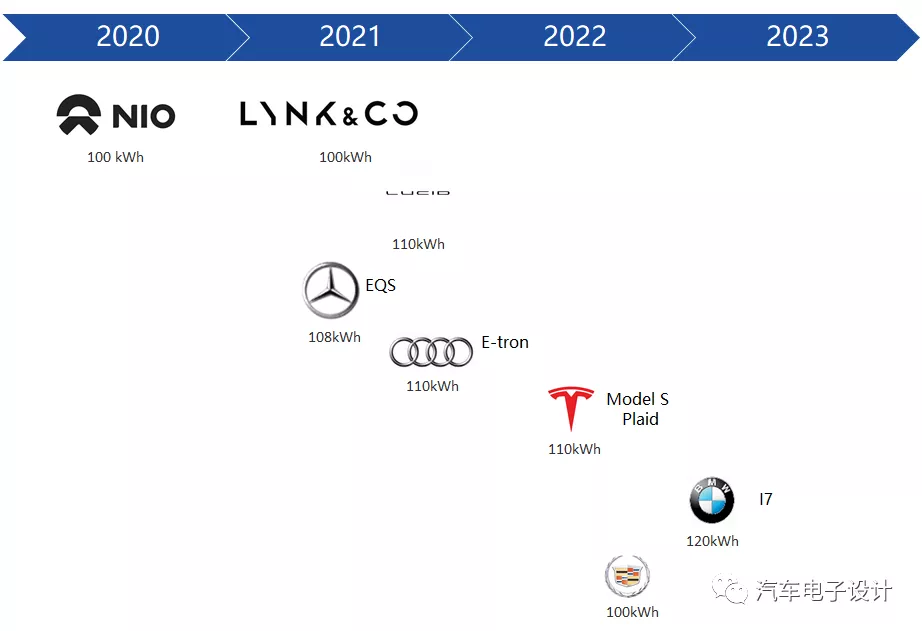
PK between Cylindrical and Pouch Cells
Currently, there are two main types of cylindrical battery for 110 kWh or above: Lucid and Tesla. Lucid uses 21700 batteries (which we have discussed before and is similar to Tesla’s previous method of using 21700 to form a larger module and then arranging them), while Tesla has tried 4680 and CTC design. The overall external battery pack rendering for Tesla has already been released, but the internal effect cannot be seen.

As for the pouch solution, C companies are mainly promoting it. We can roughly categorize them as follows:
1) 5 Series Solution: This high-voltage 5 series solution is given to NIO, Hongqi, and Lynk & Co. Based on the data previously announced, using the thick core under the 590 specification, it can achieve 1/3 C 100 kWh.
Gel’s SEA platform can be compatible with an 800V system, which means it uses standard 220 width cells in series arrangement through CTP.
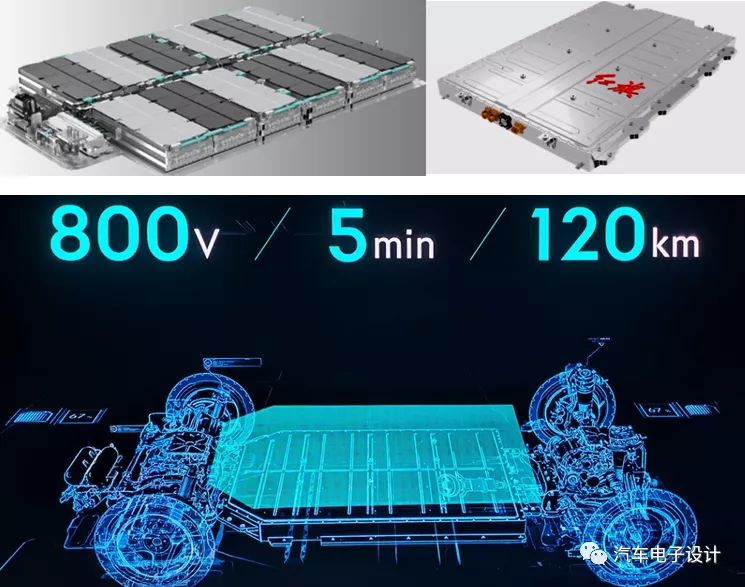 2) The 8 series solution includes the Mercedes EQS, which was discussed previously, and the domestic version of the Audi E-tron. It was mentioned at the Audi communication meeting that it probably uses a 95.7 kWh battery system based on the original 390 module, and is redesigned with the layout of the 590 module to achieve a 110 kWh battery system. The E-tron can be modified to achieve this. BMW’s previous design, which is designed with 120 kWh for the 50e, may integrate 10 12 kWh modules according to this segment.
2) The 8 series solution includes the Mercedes EQS, which was discussed previously, and the domestic version of the Audi E-tron. It was mentioned at the Audi communication meeting that it probably uses a 95.7 kWh battery system based on the original 390 module, and is redesigned with the layout of the 590 module to achieve a 110 kWh battery system. The E-tron can be modified to achieve this. BMW’s previous design, which is designed with 120 kWh for the 50e, may integrate 10 12 kWh modules according to this segment.
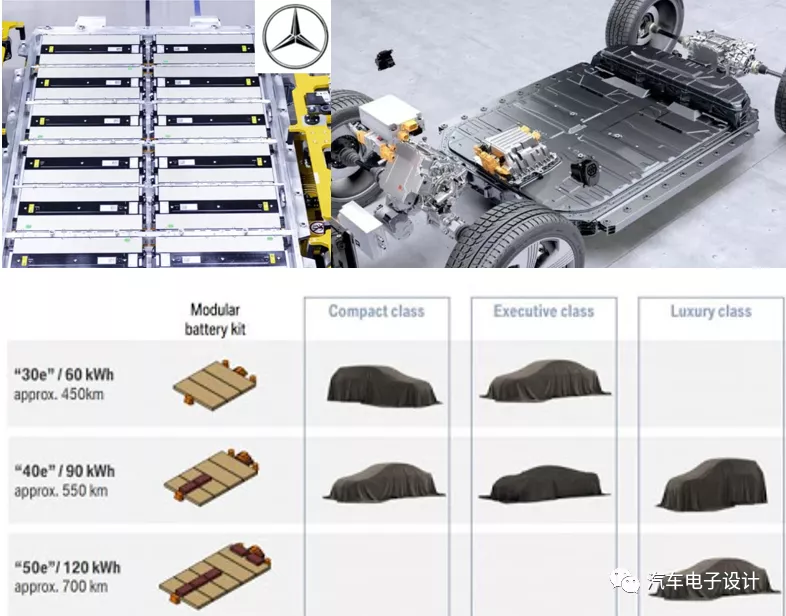
What about the soft pack?
So far, the biggest soft pack design solution is the one made by GM and LG, with the highest design being 100 kWh. Currently, GM and Honda will use this design in North America, which is up to 100 kWh.
The GMC Hummer EV pickup truck uses a double-layer design to achieve 200 kWh, with a single layer of 100 kWh. This soft pack cell partly adopts NCMA, and is slightly longer in length than the 590, which means it has a larger capacity. Therefore, it is difficult to increase the length by keeping the status quo.
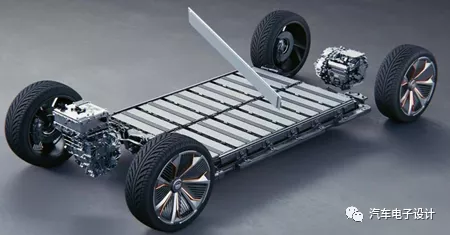
So now soft packs face several short-term challenges:
1) In the shell-type battery, the use of thermal insulation materials can support longer thermal runaway time. How to achieve thermal insulation for soft packs that are designed to be longer in length.
2) On the high-capacity direction, pure energy density of the cell cannot bring high energy to the system. How to achieve a demand of 110 kWh.
3) How to balance between life and large capacity. Of course, if we aim for around 60-80 kWh and go for fast charging, it may have a better effect. It can make full use of a larger heat dissipation area, which would certainly affect the design of thermal runaway.
ConclusionI think the competition now makes everyone have a demand for over 110 kwh, corresponding to the demand for Model S&X performance car and word-of-mouth car; 60-80 can be configured to correspond to the demand for Model 3/Y, which is a balanced and urban-oriented car; there is also a type of operational vehicle with a battery demand of about 50 kwh; and even further down to A00 batteries with demands of 12, 15, and 25 are sorted quite strictly.
This article is a translation by ChatGPT of a Chinese report from 42HOW. If you have any questions about it, please email bd@42how.com.
